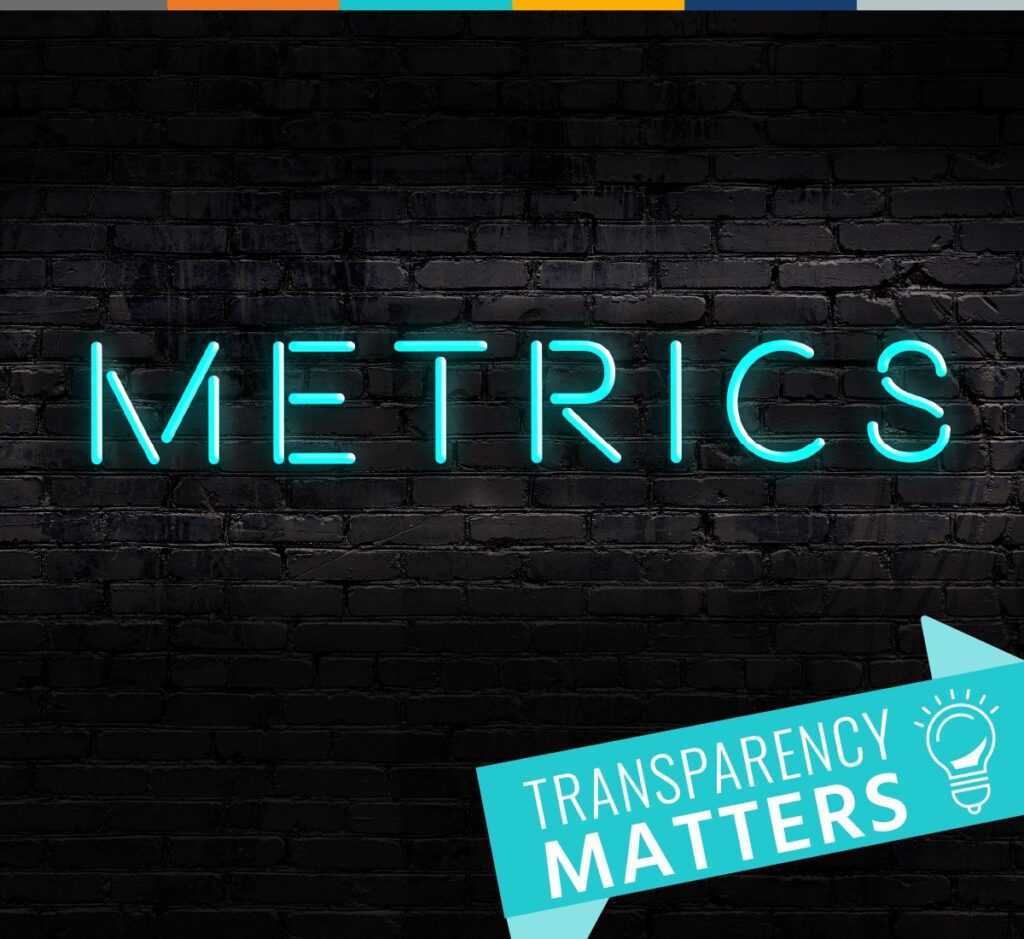When you’re handing over management of your critical systems to a Managed Services Provider (MSP), you need to know that you can rely on your MSP to fulfill the obligations and expectations outlined in your service level agreement (SLA). That involves trust, and to build that trust, you must have transparency with your Managed Service Provider. Yet, the sad fact is not all MSPs are as transparent as they should be. We want to show you how we’re different, and how we guarantee complete service transparency, so we can remain accountable to our customers.
What Is Transparency?

Transparency involves openness when it comes to how an MSP functions, both internally and externally. It can involve transparency about pricing, performance metrics, how employees are treated. In fact, back in 2013, Buffer started making its employees salaries publicly known, just to ensure fairness and gender parity.
It’s also about communication. Does your MSP have an open door policy? Do you feel informed and valued? Transparency with your Managed Service Provider should mean that you trust them to be fair, clear, and open about how they’re managing the important aspects of your business. Are they helping your company grow? Are they protecting your data? These are key questions that you should feel comfortable answering, without any ambiguity.
How to Ensure Transparency with your Managed Service Provider
You want the service you were promised, and you should be confident that that’s what you’re getting. At Com Pro, we take this very much to heart. Our commitment to continuous improvement and a transparent service experience begins by measuring service level performance.
In fact, we are so committed to service transparency that we publish key performance indicators for both Managed IT and Managed Print directly on our website, in real time.
But, what do these metrics mean?
Understanding Managed IT Key Metrics
There are many things that can be measured, but in the world of Managed IT, there are three common performance metrics that we use to measure how well we perform as a company, day-to-day. These include:
- Average Response Time: How long it takes for a ticket to be received either through email or dispatch and to then be assigned to a technician.
- Time to Plan: How long it takes a technician to begin working on the ticket.
- Average Resolution Time: How long it takes for the average ticket to go from assigned to resolved or closed by a technician.
One of the challenges of measuring IT metrics is that the tickets vary based on complexity and urgency. Some issues are easier to resolve than others. For this reason, in every SLA, we state very clearly that we prioritize tickets based on urgency. That way, we set the level of expectation for our clients. Then, we make our metrics available in real time, to keep us accountable as a company, and to work toward our goal of exceeding the expectations outlined in our SLAs.
We’ve provided an example of what a Com Pro SLA looks like. Please see the table below.

Understanding Managed Print Metrics
Managed Print is a bit different. These performance metrics may be lengthier than the ones you see with IT because issues cannot always be resolved remotely. They may involve more frequent on-site visits or service calls.
There is still a way to understand how effective we are at resolving any problems, and how responsive we are as an MSP. Our goal is to always minimize downtime when it comes to any print repairs or servicing, because we know how important it is to get you up and running as quickly as possible.
The most important metrics in Managed Print include:
- Average Response Time: How long it takes for a print technician to arrive on-site.
- First Call Fix Rate: How often do Com Pro technicians resolve the issue on the first service call. This metric is important because it’s a key indicator of business interruption and our ability to limit repeat service calls on the same issue.
At Com Pro, we are exceedingly proud of our above average industry response time. The industry standard is 4 hours, while Com pro is currently averaging 2.8 hours.
We are also leading the way in our first call fix rate. The industry average is 82%, while Com Pro’s is averaging 86%.
Guaranteeing Transparency with your Managed Service Provider
The best way to guarantee transparency is to see if they provide the same level of openness as we do at Com Pro. Performance data and key metrics should never be withheld. It should be available on websites, spreadsheets, or through regular performance reports.
Contracts or SLAs should give you a glimpse into how an MSP works, and they should set a clear level of expectation for services and processes.
Communication should also be easy. At Com Pro, we’re always accessible, if you have any questions or concerns about how your services are managed.
Our commitment to transparency begins by openly listing our key metrics, live, on our website. It allows us to measure how we’re doing against the industry average, and it also allows us to continuously improve, something that we’re passionate about at Com Pro.
Learn more about how we work and how Com Pro guarantees Managed Service Provider Transparency.

